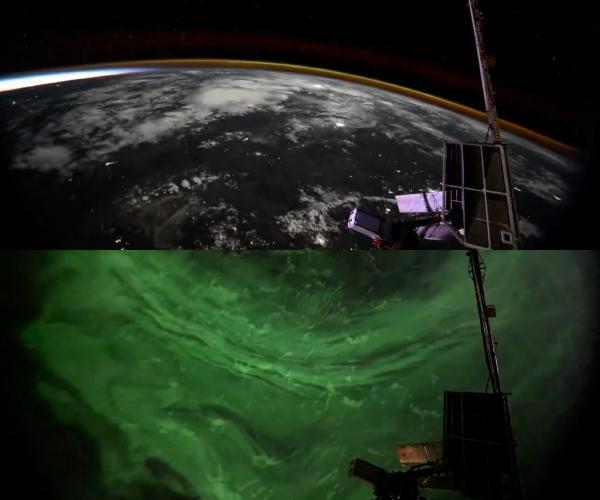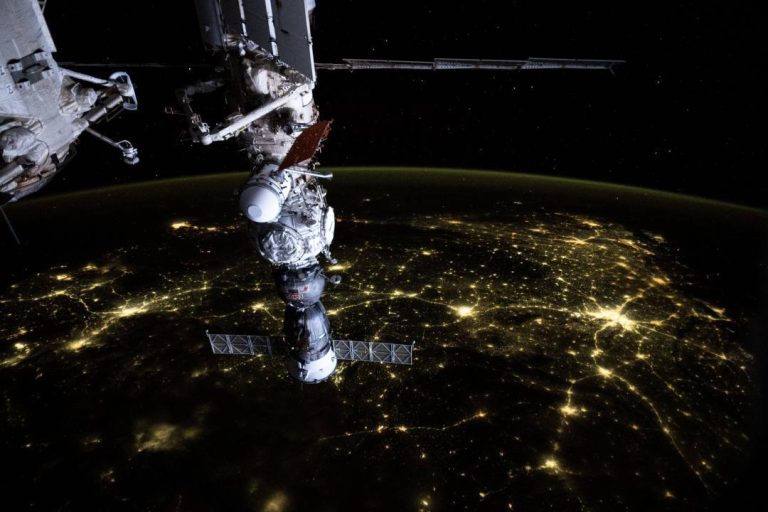
Space Station Spins 180 Degrees, Flies Backwards for Soyuz Docking
In a remarkable display of space station maneuverability, the International Space Station (ISS) recently rotated 180 degrees and flew backwards to facilitate the docking of a Russian Soyuz MS-27 spacecraft. The extraordinary docking procedure was captured on video by NASA astronaut Don Pettit, who shared the clip online, providing a rare glimpse into the intricacies of space station operations.
The Soyuz spacecraft, carrying NASA astronaut Jonny Kim and two Russian crewmates, docked at the ISS’s Zvezda module, marking the beginning of an eight-month stay in space for the three astronauts. The successful docking was a testament to the precision and skill of the Russian space agency, Roscosmos, and the ISS’s ability to accommodate a wide range of spacecraft.
The video footage, shared by Pettit on social media, shows the ISS slowly rotating 180 degrees, with the Soyuz spacecraft visible in the distance. As the space station completes its rotation, the Soyuz spacecraft comes into view, flying backwards and docking at the Zvezda module with precision. The video also captures stunning footage of green auroras swirling around the Earth, providing a breathtaking backdrop to the docking procedure.
The ISS’s ability to rotate and fly backwards during the docking procedure is a result of its unique design and the advanced propulsion systems used to maneuver the space station. The ISS is equipped with a range of propulsion systems, including thrusters and attitude control systems, which allow it to adjust its orientation and position in space.
The Soyuz MS-27 spacecraft, which carried the three astronauts to the ISS, is a reliable and trusted workhorse of the Russian space program. The spacecraft has been used to transport crew members to and from the ISS since the early 2000s and has played a crucial role in the operation of the space station.
The arrival of the Soyuz MS-27 spacecraft marks the beginning of a new chapter in the ISS’s history, as the space station continues to serve as a vital hub for scientific research, technological development, and international cooperation. The ISS has been continuously occupied by humans since 2000 and has hosted astronauts and cosmonauts from around the world, fostering a sense of global cooperation and collaboration.
The docking of the Soyuz MS-27 spacecraft is just the latest in a series of remarkable events to take place at the ISS. In recent years, the space station has hosted a range of scientific experiments, including the study of the effects of microgravity on the human body, the growth of plants in space, and the testing of new technologies for future space missions.
The ISS is a testament to human ingenuity and our ability to work together towards a common goal. As we continue to explore the vastness of space, the ISS serves as a symbol of what can be achieved through international cooperation and a reminder of the incredible feats that can be accomplished when we work together towards a common goal.






